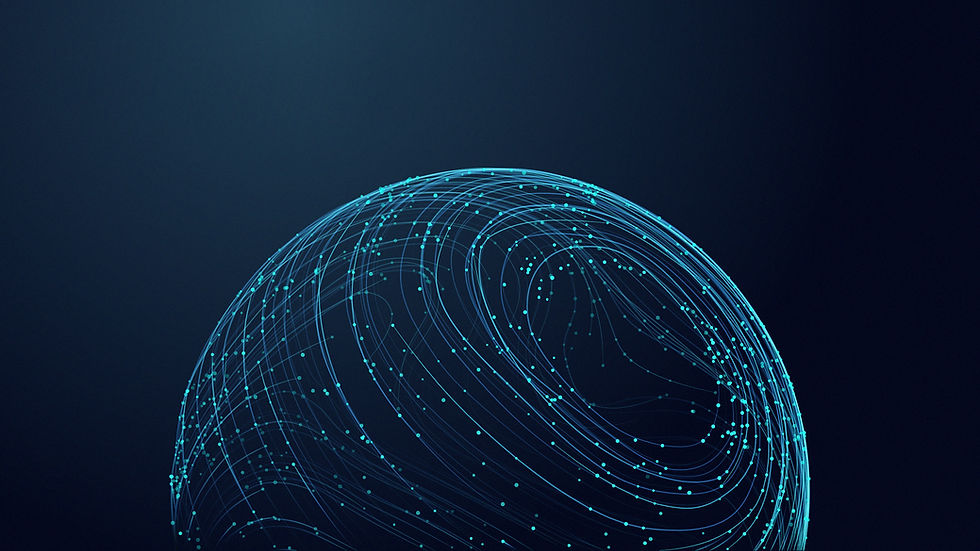Using Gen AI puts your company’s IP at risk. Here’s why.
- Christian Williams

- Aug 19, 2024
- 3 min read
Not all that glitters is gold

If your company is using generative artificial intelligence (Gen AI) to create content, you may be shooting yourself in the foot when it comes to copyright protection for your company’s intellectual property (IP).
There are many things for which copyright protection is relatively unimportant. Your company might not care whether it can claim copyright protection in reports, forecasts, SOPs, and other internal documents.
But when it comes to company logos, mascots, music, graphic novels, books, videos, film, podcasts, or animated characters, then your company likely cares very much whether this content can be protected by copyright. If your company is unable to claim copyright protection for these types of content, this leaves the door open for competitors and other third parties to steal and use your IP without consequence.
Read on to learn how using Gen AI can inadvertently eliminate copyright protection for your company’s IP.
U.S. Copyright Law
Under U.S. copyright law, copyright protects original works of authorship fixed in a tangible medium of expression. This creates three criteria: the work must be original, it must be authored by a human being, and it must be tangibly expressed. Thus, a verbatim copy of A Game of Thrones would not be protected by copyright, because it wouldn’t be original. A book written by a chimpanzee would not be protected by copyright, because the chimpanzee is not a human. Finally, a mere idea for a book would not be protected by copyright, because the book has not yet been written (or typed) on a piece of paper (or into a word document).
Because Gen AI is not human, a work that is solely created by Gen AI is not protected under U.S. copyright law.
The US Copyright Office
The United States Copyright Office (USCO) is the federal agency in charge of administering the US copyright system. Among many other responsibilities, the USCO decides which copyright applications are approved or rejected.
On March 16, 2023, the USCO released guidance on copyright registration and Gen AI. The office made it clear that “[w]hen an AI technology determines the expressive elements of its output . . . that material is not protected by copyright. . . .” Thus, simply giving prompts to a Gen AI tool is not sufficient to constitute human authorship. For example, even though artist Jason Allen used at least 624 prompts to create Théâtre D'opéra Spatial, the copyright office ruled that the image was not eligible for copyright registration.
What your company needs to know
While works that are solely AI generated are not eligible for copyright protection, the USCO has stated that if a work contains both human-created and AI-created aspects, the human-created aspects may still be eligible for copyright registration. The USCO will evaluate these claims on a case-by-case basis.
When it comes to important content such as company logos, mascots, music, graphic novels, books, videos, film, or animated characters, now is a good time for companies to evaluate whether AI is being used to create these types of assets and to what extent. This inquiry likely needs to extend to outside marketing firms, consultants, designers and any other third party being hired to create content for the company. Companies can work with their attorney to establish clear guidelines for staff and contractors so that important company assets remain eligible for copyright protection.
Thanks for reading the Bevel Law Blog. While this information is hopefully helpful to you, nothing in this blog is intended to be legal advice. Always consult a lawyer before making any legal decisions based on topics in this blog.
Ready to get legally protected? Book a call today at bevellaw.com/contact

Comments